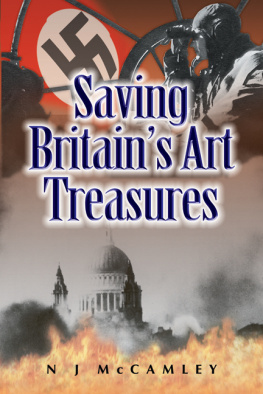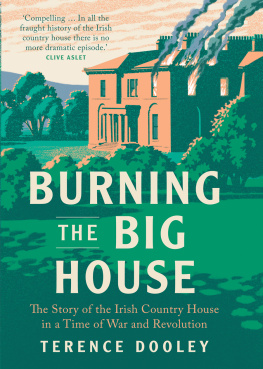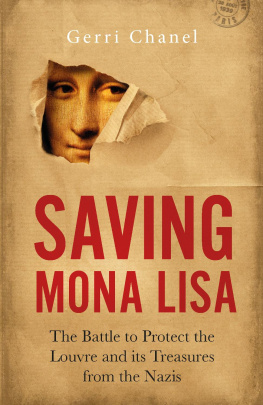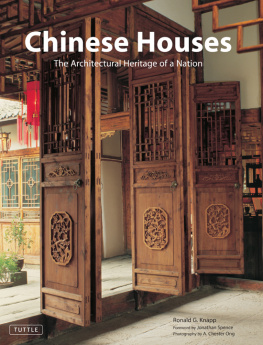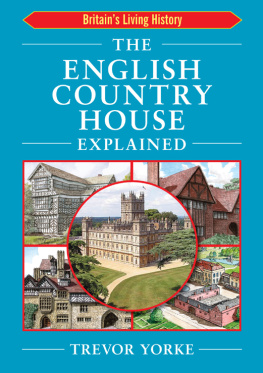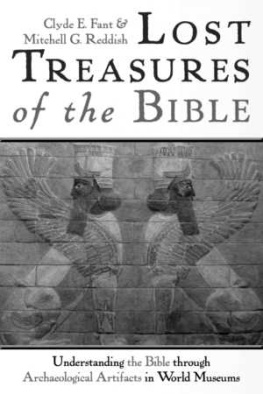
By the same author
Secret Underground Cities
(Leo Cooper, 1998)
Cold War Secret Nuclear Bunkers
(Leo Cooper, 2002)

First published in Great Britain in 2003 by
LEO COOPER
an imprint of
Pen & Sword Books Ltd
47 Church Street
Barnsley
South Yorkshire
S70 2AS
Copyright N.J. McCamley 2003
ISBN 0 85052 918 2
eISBN 978 1 78337 904 0
A CIP catalogue record for this book is
available from the British Library
Typeset in 10.5/12.5 Plantin by
Pen & Sword Books, Barnsley, South Yorkshire
Printed and bound in England by
CPI UK
Contents
FOREWORD
Thirty-five years ago I worked during my summer holidays from college in a small rubber-processing factory in a village near my home town of Bradford-on-Avon. In those years of full employment holiday jobs were easy to come by and if a factory did not have proper vacancies to fill then jobs would be specially made for students like me. There was ample money available in the company budget for this because wages, in relation to profits, were not high. Being young and interested only in my pay-packet, I was not at first sure what the factorys staple product was. For the first six weeks I worked in the rejects department, a task that involved spending each morning stacking hundreds of sacks containing short lengths of bent rubber tube (all bent to the wrong angle or made the wrong size) on a huge waste heap beside a broad stream that ran through the factory yard. The afternoon summer sun fell squarely upon this waste heap and there, among the sacks of distorted top-hoses and vacuum cleaner tubes, we students, and the odd permanent employee, would doze through the rest of the day until the shift hooter sounded at 5 oclock. Almost until the end of our first season at the Peradin Rubber Company we all thought the factory actually manufactured Rejects which we believed was a trade name for some esoteric item of flexible automotive hardware. This belief was somewhat reinforced when I was transferred for a short while to the Goods Inwards department and had to unload lorry loads of components from one sub-contractor who consistently, incorrectly and probably maliciously mis-addressed packing cases to The Peradin Rubbish Company. Only later did we come to learn that the company, which had its origins in the manufacture of inflatable decoy tanks and military vehicles during the Second World War, was now a world-leader in the field of rubber-to-metal bonding, making engine mountings and similar items for automotive manufacturers world-wide.
The high rejection rate was due in part to the employment of a great deal of antiquated, obsolescent plant which failed frequently and thus necessitated a disproportionately large staff of maintenance engineers to keep it running. But, as we have seen, labour was cheap so this did not matter. Towards the end of this first summer holiday the maintenance gang was suddenly strengthened by the influx of a batch of third-year apprentices, young local men who were nearing the end of their training, were proficient at their jobs, and who had just been made redundant following the closure of the Royal Enfield motorcycle factory at Westwood, a village a mile or so from the Peradin plant. The new apprentices told us fantastic stories about their previous place of work. It was, they said, a top-secret underground factory built during the Second World War to manufacture gun-sights and other precision military instruments, but turned over in the post-war years to the building of a range of rather outdated British motorcycles. More fantastic still were their tales of an even more secret area, deep within the quarry beyond their factory, one hundred feet below the ground and sealed by great iron doors. Although a low, background hum of machinery emanated constantly from this secret area, no persons were ever observed passing through the doors except one occasional furtive visitor who spent a few irregular minutes there each month. Local folklore called this secret place The Museum, but recollections were hazy about the reason why.
In mid-September I left the factory to resume my college education but returned the following spring to earn a small crust during the long Easter holiday. I was surprised and pleased to find that my employers had taken a short lease on several of the surface buildings associated with the underground factory at Westwood with the intention of using it as temporary storage, and more pleased still to find that my first job was to clear out some of the old and already vandalized offices. In one block the office floors were littered with fragmented plans and drawings, not only of the ill-fated Royal Enfield motorcycles but also of the underground factory itself. The principal building occupied by the rubber company was a former dance-hall and community centre built to provide recreation for the underground workers, for the remote location of the factory and the scarcity of rural public transport in wartime made travelling any distance for amusement virtually impossible. In an idle moment, during one lunchtime, a fellow student-employee and I decided to investigate the dance-hall and the technicalities of its much-vaunted sprung floor. Purely by chance we discovered, concealed behind a large radiator, the end of a three-foot-square concrete duct that dipped slightly into the ground and appeared to run a few feet below ground level out of the building and under the surrounding shrubbery. Burning matches and bits of reject rubber, we decided to investigate further and crawled through the duct for about two hundred yards until we emerged in a large, enclosed concrete chamber. In the floor of this chamber was the open top of a concrete-lined vertical shaft eight feet in diameter and, we were soon to discover, about eighty feet deep. Suspended above the shaft from a beam on the ceiling of the chamber was a large pulley-winch from which hung a forty-gallon oil drum on a stout chain. After a few seconds hesitation we climbed into the drum and lowered ourselves down the shaft into the darkness, having no idea what we might be committing ourselves to. Eventually we clanked to a halt in what appeared to be a spacious ante-chamber dimly lit by a few flickering fluorescent tubes. To our right was the inside face of the securely locked great vault door that sealed the mysterious secret inner sanctum from the underground Royal Enfield factory. To our left was a second similar door that concealed, we later learned, one of the greatest and best-kept secrets of the Second World War. Ahead was a third door, partially open, within which a vast air-conditioning and ventilation plant ticked over in standby mode as it had done for the last twenty years, the source of the mysterious hum described by our apprentice engineers. The dirty drum in which we had descended and later made our retreat was used, we discovered, to raise waste boiler-ash from the underground, coal-fired central-heating plant for disposal on the surface and our sub-surface entrance tunnel was a cunning and economic arrangement by which waste heat from the boilerhouse was used to warm the dance-hall.
This, then, was my introduction to Westwood Quarry, the secret underground repository created in 1942, where the nations priceless treasures from the British Museum, the V&A, and a host of other great national institutions were kept safe from enemy bombardment. We were left in no doubt as to its purpose: inscribed upon the wall in hieroglyphic symbols by Mr C.J. Gadd, the repositorys first master and the British Museums keeper of Egyptian and Assyrian statuary, we found a text which still exists today and in translation reads:

